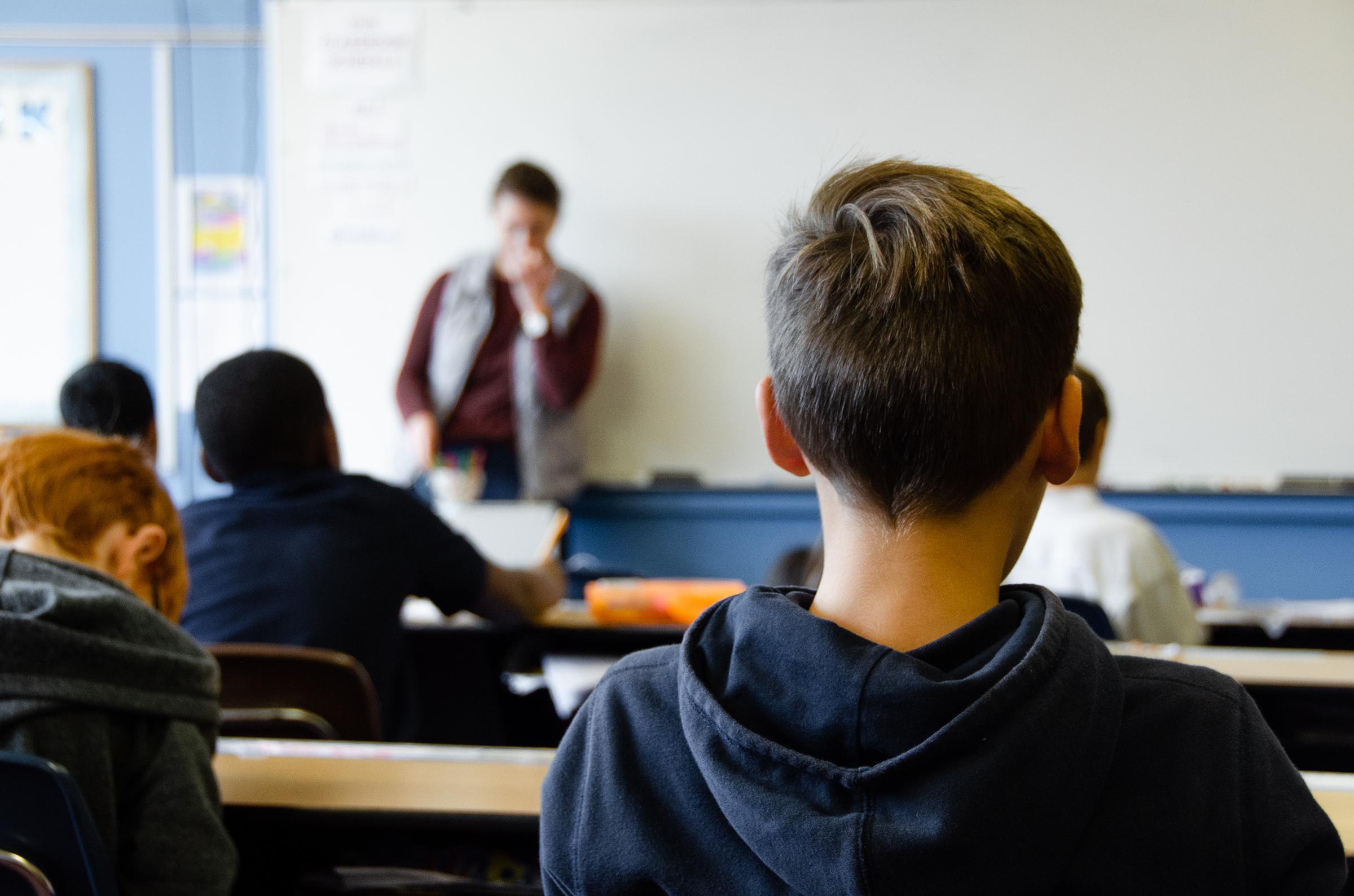Learning Focus

Writer's Notebook
I went over to spend some time at my parents' place on the weekend, and my dad told me a story that completely blew my mind. It was something from his childhood - something that, to someone who grew up in the 1990s and 2000s, seemed absolutely impossible. Fiction. Made up. He told me about the time he went to the Royal Melbourne Show to watch a man eating a car.
A man.
Eating a car.
Completely ridiculous, right?
I was captivated by the story and set out to find more information - and it was true. Young Samson, the strongman from Greece, had committed himself to eating a car over the course of two years in the late 1960s. People would line up outside his tent just to shuffle through and see his amazing feats of strength.
With this story occupying my mind, I sat down to write an article for the NLPS newsletter. But I couldn’t shake it, so I did what I usually do when a particular story takes hold of me - I clipped the article, printed it, and stuck it into my writer’s notebook. Then, as I pushed the notebook aside to focus on the newsletter, I realised that maybe this was something I should write about.
My writer’s notebook is filled with the wild, weird, and wonderful—from Ernest Shackleton’s Antarctic dogs to idioms from around the world that we should adopt into the English language. From buying land on Mars to snippets of conversations overheard on the train. Whenever I find the time to write creatively, not just for school, I return to my notebook for inspiration.
I only started collecting like this when I became a teacher. I remember observing Janet, our literacy coach at the time, during a writing session with my class. Some students were reluctant to write, so I was eagerly noting her strategies. One boy, completely disengaged, wasn’t writing at all. Janet approached him and asked why.
“Well… you’re not,” he replied.
I was curious about how she would handle it. Janet sat down next to him and started writing herself. Moments later, the boy began writing too.
This moment has stayed with me, so clear in my mind that I could recreate the classroom layout table by table. Since that day, I’ve used my own writing not only as a tool to engage students but also to aid my memory. My notebooks are filled with stories from my childhood and the mishaps and misjudgments I’ve made in my adult years (like trying to out-jump a snow leopard at the New York Zoo and completely ripping my pants open). Mostly true stories are what I call them… although that snow leopard one is entirely true.
When I share one of my stories with students, they often ask, "How do you remember all that?" The answer is simple: I write it down.
Research shows that writing things down improves memory. When you write, you're not just thinking about the information; you’re engaging different parts of your brain - encoding, organising, and physically reinforcing your thoughts. This process solidifies memories and helps in recalling them later. Writing is more than just a creative outlet; it’s a tool that strengthens our minds. It is the one piece of homework I suggest kids do whenever they go on a family holiday. Write it all down! Who knows, maybe in twenty years they will be telling that story to a class of their own.
So, during family holidays and special occasions, encourage your child to sit down and write about their day. It may seem simple. It may seem like it won’t make a difference. But the simple act of writing can make a world of difference in remembering life's moments.
Maybe you even went to the Royal Melbourne Show this September - though I’m not sure if anyone was eating a car this time around.
Mat Williamson
Assistant Principal



